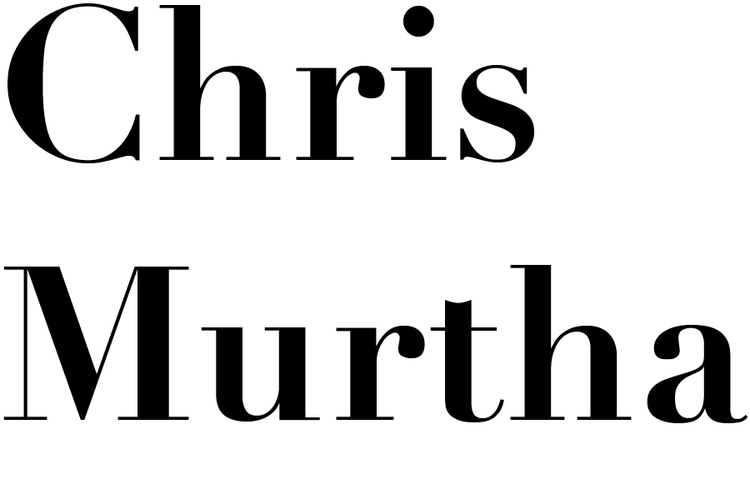Fourteen small-scale paintings by David Byrd, who worked in obscurity for most of his life, were recently included in The Patients and the Doctors, a two person exhibition with Peter Gallo at Zieher Smith & Horton in Chelsea. The two artists were brought together because of their shared experience working with psychiatric patients, but their work—while equally compelling—could hardly look more different. Dripping with paint, scrawled text, and images of lilting clipper ships, Gallo’s tumultuous and violent works appear to channel the psyche of a patient. While Byrd’s more subtle paintings offer an outsider’s account, his muted and sympathetic portraits piqued my interest in this unknown artist.
David Byrd, Waiting and Aging, 1989, Oil on canvas, 23 x 33 inches; The Patients and the Doctors, Zieher Smith & Horton, NY. (Photo: Chris Murtha)
Though Byrd lived most of his adult life in various upstate New York towns and spent periods in Brooklyn and Manhattan, this was his first exhibition in New York City. He studied with Amédée Ozenfant and made paintings and sculptures for over 65 years without any attention from a gallery, or very many people for that matter. It wasn’t until Byrd’s neighbor, artist Jody Isaacson, discovered his work and introduced him to her dealer Greg Kucera that Byrd secured his first solo exhibition. The exhibition, Introduction: A Life of Observation, at Greg Kucera Gallery in Seattle, featured nearly 100 paintings, drawings, and sculptures, and opened just weeks before Byrd’s death in May 2013 at age 87.
Byrd’s spare, washed-out paintings look like they are about to evaporate, but his imagery is heavy with the weight of anger, despair, and confusion. Most of these emotions can be attributed to his subjects: psychiatric patients at the Veteran’s Administration hospital he worked at for thirty years until retiring in 1988. Still, it is hard to imagine that Byrd did not empathize with the patients on a very personal level considering the care and skill with which he repeatedly captured their anguish and weariness. Even long after retirement, Byrd would continue to paint scenes and images from his time at the hospital—sometimes from memory or from sketches he made at the time.
David Byrd, Mopper, 1998, Oil on canvas, 20 x 26 inches; The Patients and the Doctors, Zieher Smith & Horton, NY. (Photo: Chris Murtha)
Several paintings depict the type of ordinary interactions that Byrd must have witnessed daily—orderlies administering medication, patients struggling to dress, a janitor mopping the floor—but the focus on these banal routines do not diminish the intimacy, anxiety, and pain that pervades his work. In some cases, it is the commonness of the scene that makes it so tragic. Though the patients in Line for Meds (1989) are anonymous and stripped of any distinguishable characteristics, their ennui and despair as they wait in line for medicine is apparent. Here, as in most of Byrd’s hospital paintings, emotion and personality are communicated with body language, through slumped and writhing figures.
Some of Byrd’s figures are rail thin, stretched like Giacometti sculptures, and others are twisted up like roots. To study the figure and its contortions, Byrd frequently returned to the ritual of dressing, portraying patients struggling to put clothes on or take them off. He depicts his subjects in a moment of frustration, trapped and bound by their clothing, neither naked and free nor clothed and secure. One example, Arising (1972), was included in the Zieher Smith & Horton exhibition, but paintings such as Man Undressing Shirt (1994) or Man Unbuttoning His Cuff (1986) more acutely capture the anxiety and frustration of his subjects, as well as their liminal state.
David Byrd, Patient in Corridor, 1976, Oil on canvas, 14 x 18 inches; The Patients and the Doctors, Zieher Smith & Horton, NY. (Photo: Chris Murtha)
Though Byrd’s expressive figures are the main focus of his hospital paintings, his depictions of the confined spaces of institutional architecture are integral to the work’s claustrophobic tone. Several paintings evoke the melancholy of Giorgio de Chirico’s austere and desolate dreamscapes. In Waiting and Aging (1989), patients fidget and pace within an indeterminate space that seems to be folding in on itself. The solitary figure in Patient and Corridor (1976) is drowned in muted yellow and orange washes with two triangles, delineating the ceiling and floor of a long hallway, meeting at the patient’s shoulder. It's as if he’s being pulled into the vanishing point.
It is important to mention that Byrd’s paintings do not feel exploitative of his subjects. It is clear from this body of work that he was very affected by his interactions with the patients but also sensitive to their condition. Considering how frequently he returned to this subject, it appears that Byrd was wrestling with how to most honestly tell this story on behalf of the patients. In Patient Homeward Bound (2013), the most recent painting in the exhibition, a patient is seen running through an arched passageway (again recalling de Chirico), casting a sideways glance over his shoulder. It is unclear whether the subject is gleefully returning home, escaping early, or—given the white minimalism of the painting—this is a vision from a dream, a premonition of release. Perhaps Byrd, through his restrained yet affecting art, was searching for a similar sort of release.
*
You can view images from The Patients and the Doctors, which was on view from November 19 through December 24, 2015, at Zieher Smith & Horton. Additional works can be seen at Greg Kucera Gallery and the Estate of David Byrd.

